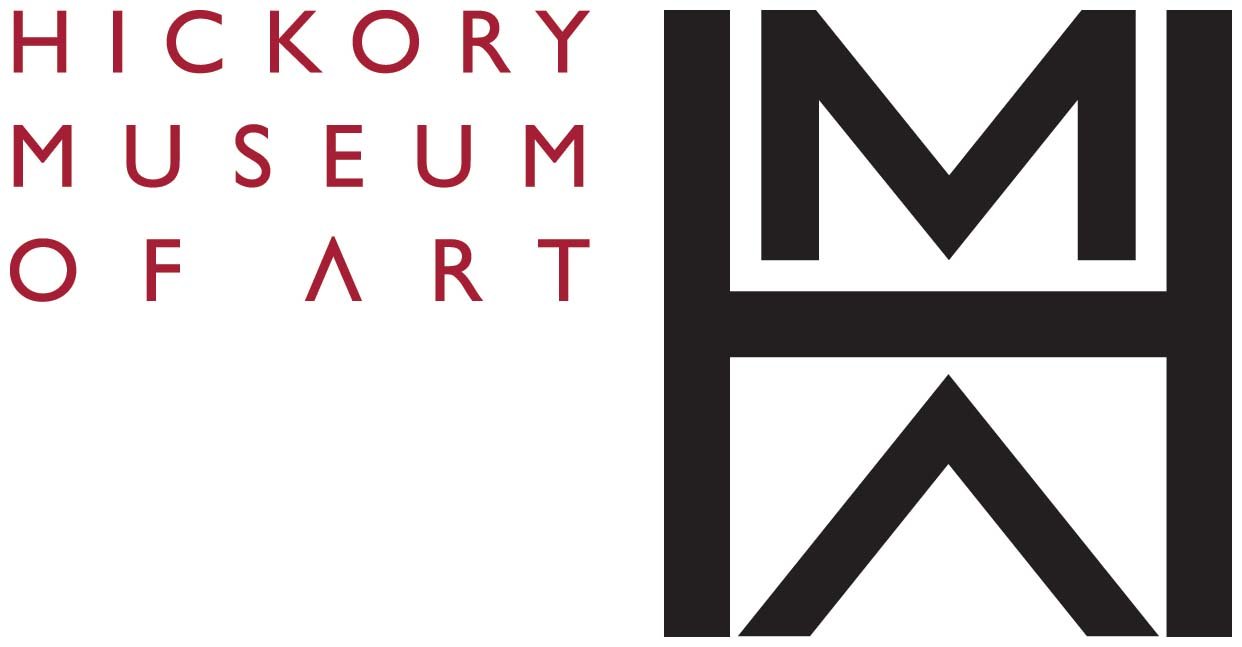Asher Brown Durand (1796-1886)
William Dunlap’s 1834 History of the Rise and Progress of the Arts of Design in the United States says of Asher Brown Durand, “This gentleman, although our first engraver, by universal acclamation, … I have little more to say of him, than that he is one of the most amiable men I have known as well as one of the best artists.” In a memorial address fifty-two years later, Daniel Huntington had a somewhat more complex view about his recently deceased friend, “Though full of nervous energy, alive to every beauty, keenly sensitive to criticism, and a severe critic on his own work, he was yet blessed with a certain serenity of spirit which checked and soothed the restless fever of the creative brain.” Two men who knew Durand well, describing the man behind the artist.
Asher Brown Durand (1796-1886)
Pastoral Scene, not dated.
Oil on canvas.
HMA purchase, 1954.3.
Durand’s landscapes show the engraver’s close attention to detail. As an example, in HMA's undated Pastoral Scene, every bit of foliage can be individually distinguished.
New-Jersey-born Asher Brown Durand (in an 1845 daguerreotype by Matthew Brady's NYC studio, and around 1869 by NYC photographer Abraham Bogardus) is known as a prolific American painter of the Hudson River School; and before that he was a prolific engraver. He turned to painting in his mid-30’s, first doing portraits such as of then-President Andrew Jackson in 1835, before moving on to landscapes.
Durand, the eighth of eleven children, first learned engraving by helping his Dutch silversmith father engrave initials on watches. As an adult, he was considered the best engraver in the United States, being entrusted with engraving images for official bank notes along with completing a commission from the National Portrait Gallery for a series of portraits engraved from paintings done by others.
In the 1840's Durand started exhibiting landscape studies made from nature, not the prevailing way for artists to work at the time. Durand was passionate about nature, it made him fundamentally happy to be in it, of it, to look at it, absorb it, paint it. For Durand, painting nature was a form of self-expression, communicating personal feeling and experience. In his own words, "Let [the artist] scrupulously accept whatever [nature] presents him until he shall, in a degree, have become intimate with her infinity...never let him profane her sacredness by a willful departure from truth."
In 1825, Durand helped found and then lead as its President the National Academy of Design, where he was an instructor for many years. This was and still is an honorary professional organization, school and museum "to promote the fine arts in America through instruction and exhibition."
More about Durand in this NYC Metropolitan Museum of Art essay that includes some further references. The 1845 daguerreotype is held by the Library of Congress in its daguerreotype collection.

This post is # 17 of the 75 stories to celebrate HMA's 75 years.
Post by Karin Borei, HMA Project Coordinator, writer and editor as needed, and HMA blogger since our blog's inception in March 2015





